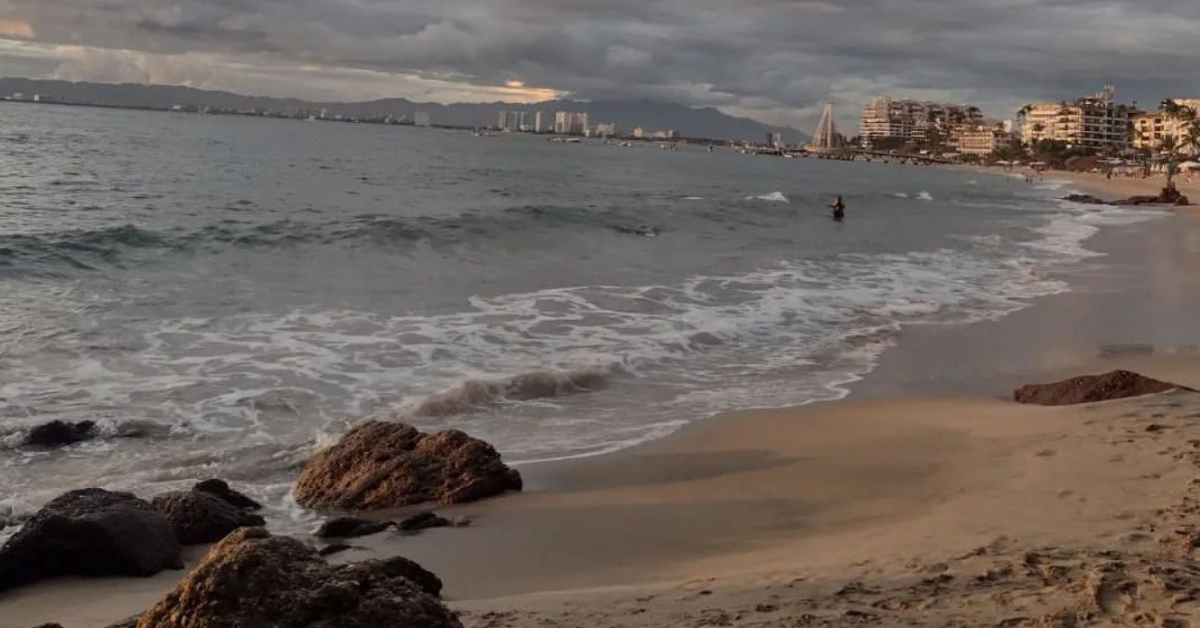The seawater monitoring program carried out at the Center for Coastal Research, in the Department of Biological Sciences at the University Costa of the University of Guadalajara, has confirmed that red tide has been present in the Bay of Banderas for the last 13 years.
María del Carmen Cortés Lara, a research professor reported that, according to studies, the colors of the tide in algae blooms can range from very intense red, which is the most common, to white and green. Although there is also brown or orange.
The important thing is that . . .







